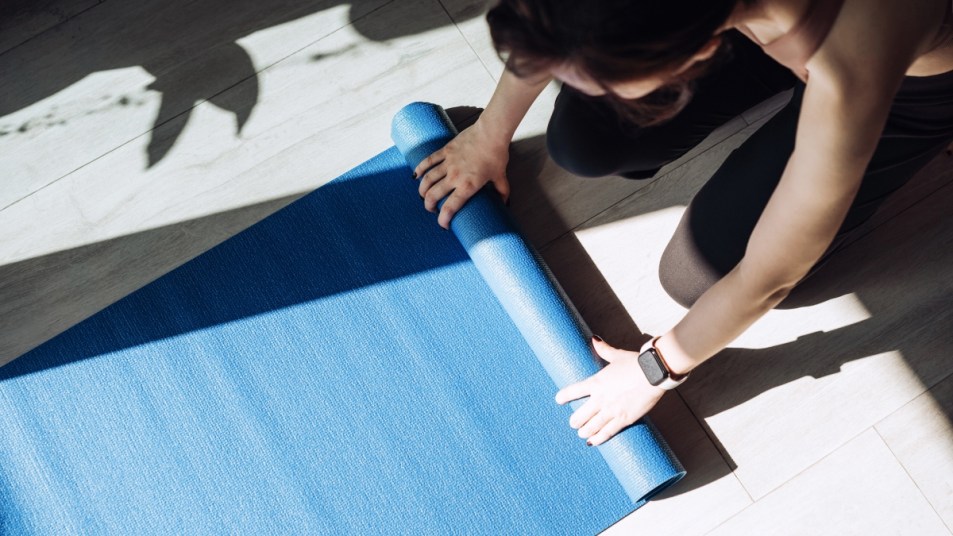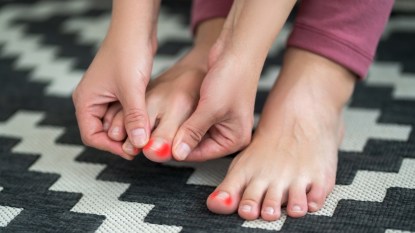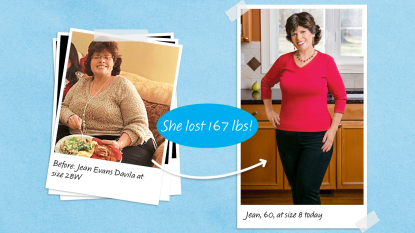This Chemical in Yoga Mats and Athletic Clothes May Trigger Gut Inflammation, Study Shows

Everything we consume has an impact on our bodies, whether it’s positive, negative, or neutral. And the products we put on our skin are no different! From moisturizers to hand sanitizers to clothing, the materials that sit on our skin can affect our health. Most materials and products are harmless, but some ingredients may be more harmful than we realize. New research finds that triclosan, a common chemical found in yoga mats and athletic clothes, may trigger inflammation and gut issues.
What is triclosan?
Triclosan is an antibacterial ingredient added to a wide variety of consumer products. It sounds like a good additive at first, since its purpose is to reduce or prevent bacteria buildup. For a while, you could often find it in antibacterial soaps and toothpaste because it lowered bacteria levels in the mouth.
Then in 2016, the FDA banned the substance in soaps because of controversy surrounding its side effects — and because the companies using it couldn’t prove that it was safe. It didn’t take long for toothpaste brands to quietly drop triclosan from their ingredient lists as well to avoid scrutiny.
The Reason for the Research
Knowing the history of triclosan, the idea that it may be harmful isn’t new. Still, an international team of researchers led by the University of North Carolina (UNC) in Chapel Hill thought it was important to learn more about the substance, because many companies still use it in products. (In fact, the authors state that more than 2,000 consumer products still contain this ingredient.) Their study, which was published in the Nature Communications journal in January, tested the side effects of triclosan in laboratory mice.
The researchers theorized that triclosan could exacerbate existing digestive conditions like colitis and inflammatory bowel disease (IBS). So, they fed some of the lab mice a diet containing a small dose of triclosan for four weeks. (Other mice, as part of a control group, ate food with no triclosan.)
The Link to Gut Inflammation
After the four weeks, the researchers found triclosan in various parts of the mice’s bodies. In the liver, bile, heart, and small intestine, the trace amounts of the substance they found were inactive — meaning they were harmless. But in the mouse cecum (a pouch that joins the small and large intestines) and the colon, they found active triclosan, which was causing inflammation.
The researchers identified the bacteria inside the gut that triggered this harmful, active form of triclosan. They even identified the enzymes in the bacteria that interacted with the substance. This knowledge is important, because the authors believe their research could lead to treatments for people with colitis and IBS.
So, this study is helpful because it could help scientists reduce gut inflammation in people with colitis and IBS. But it’s also a wake-up call to those of us who often use products containing triclosan. And according to a press release from the UNC Health, products that still contain this antimicrobial substance include yoga mats and athletic clothing.
Limitations of the Study
While this news is important, it’s important to take it with a grain of salt. The researchers conducted the experiment on laboratory mice, not humans. This was necessary because ethically, they would not have been able to test the substance’s effects on humans. Still, it means that we cannot say for certain that triclosan would cause the same effects on us. More research would help solidify the researchers’ findings.
Still, it’s important to know the chemicals in so many of our day-to-day products. If you are worried about triclosan in your yoga mat or workout gear, check the tags or labels on your purchases. It might also be helpful to visit product websites or get in touch with the customer service department for a product. It may take a bit of sleuthing, but knowing what brands use triclosan may help you avoid unwanted inflammation in your body.













